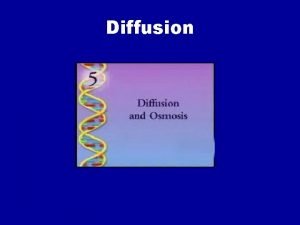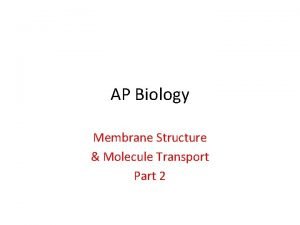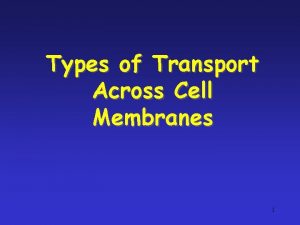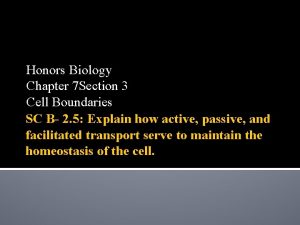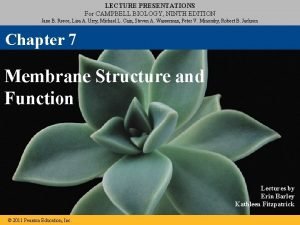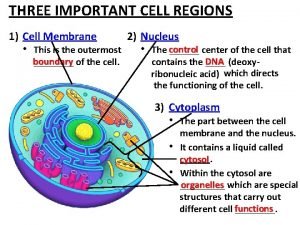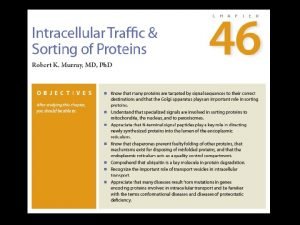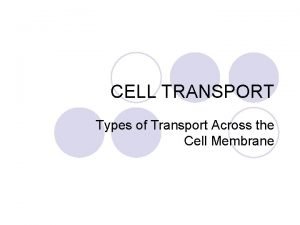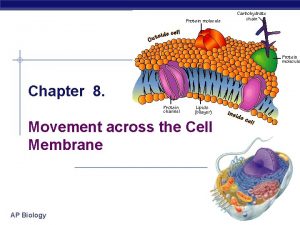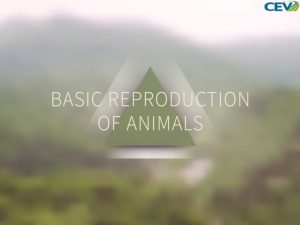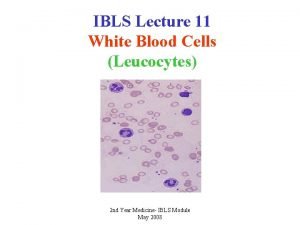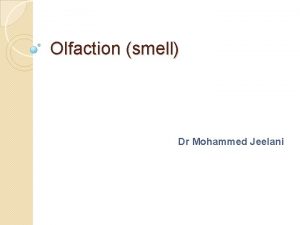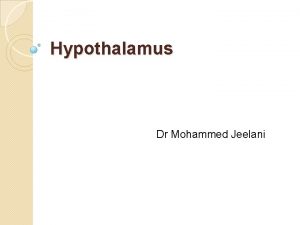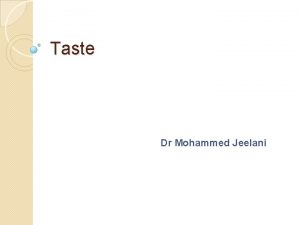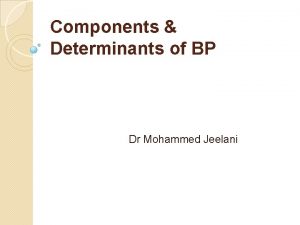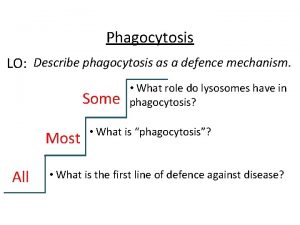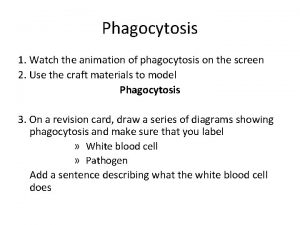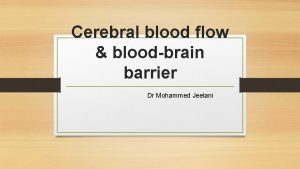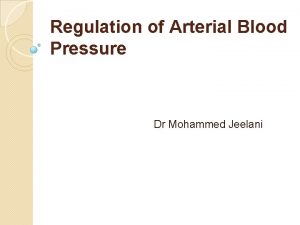Phagocytosis and Pinocytosis Dr Mohammed Jeelani Specific learning

















- Slides: 17

Phagocytosis and Pinocytosis Dr Mohammed Jeelani

Specific learning outcomes • Outline pinocytosis and phagocytosis • Explain the functions of pinocytosis and phagocytosis


Eg: White Blood Cells, which are part of the immune system, surround and engulf bacteria by endocytosis.

Phagocytosis • Process by which solid particulates like bacteria, dead tissue or other bits of microscopic materials are engulfed and destroyed by cells termed as ‟Phagocytes ˮ.

Phases Ø Margination Ø Diapedesis Ø Chemotaxis Ø Opsonisation & Attachment Ø Engulfment Ø Degranulation (secretion) Ø Degradation/ killing

Margination • In the area of infection , the phagocyte get attached towards the capillary endothelium and start rolling along its surface – Margination. • Cell adhesion molecules

Diapedesis • The marginated phagocytes are traveling in large number from the blood at the site of infection & these phagocytes can squeeze through the pores of the blood capillaries by diapedesis

Chemotaxis • Chemical substances produced by the causative agent will attract the phagocyte towards the site of injury called chemotaxis

Opsonisation and Attachment • Opsonins ( plasma factors like Ig G & complement protein C 3 ) coat the bacteria to make them ‟tasty ˮ to phagocyte called opsonisation • The coated bacteria then binds to cell membrane of phagocyte called attachment

Engulfment Phagocyte project pseudopodia in all direction around the opsonized particle. Pseudopodia meet each other on opposite side form phagocytic cap • It breaks away from the membrane forming a phagocytic vesicle • Then lysosomes of the cell fuse with the phagocytic vesicle to form Phagolysosome

Degranulation • Lysosomes pour their enzymes into the vesicle • Proteolytic enzymes digest microbes • Indigestible products remain in the vesicle called residual body • Contents of residual body are excreted out of the cell by exocytosis


Degradation or Killing • Defensins alpha & beta (bactericidal agents) • Myeloperoxidase converts chloride , bromide & iodide ions to their corresponding acids which are potent oxidants which help in killing the bacteria. • Free radical O 2 - & H 2 O 2

Pinocytosis • Cell drinking • Process of engulfing liquid substances by the enfolding of cell membrane • Eg: Reabsorption by renal tubular epithelial cells

Functions • Destroy – harmful foreign particles, bacteria and dead cells. • Defense (immunity) – essential for fighting infections • Transport – absorption of extracellular fluids (ECF)

Reference Indu khurana. Medical physiology for UG, 1 st edition, Elsevier publication chapter 1. 3 page 23, chapter 3. 3 pge 126 -127
 Unlike passive transport, active transport requires *
Unlike passive transport, active transport requires * Pinocytosis vs phagocytosis
Pinocytosis vs phagocytosis Pinocytosis
Pinocytosis Exocytosis
Exocytosis Pinocytosis
Pinocytosis Pinocytosis
Pinocytosis Pinocytosis
Pinocytosis Pinocytosis
Pinocytosis How does diffusion help maintain homeostasis?
How does diffusion help maintain homeostasis? Autolysis
Autolysis Vertical
Vertical Phagocytosis
Phagocytosis Phagocytosis ap bio
Phagocytosis ap bio Phagocytosis definition
Phagocytosis definition Phagocytosis
Phagocytosis Unfertilized ovum disappears by phagocytosis.
Unfertilized ovum disappears by phagocytosis. Phagocytosis definition
Phagocytosis definition Phagocytosis steps
Phagocytosis steps

